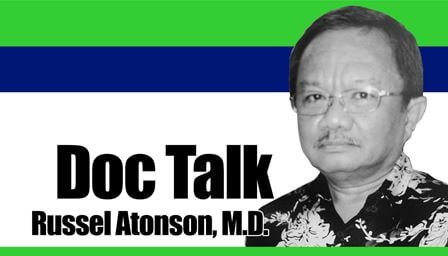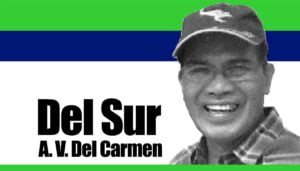
It is not unusual to meet people who walk with a limp – actually dragging one leg with the upper extremity drifting or flailing on the same side. Some are aided by another person to mobilize or with the help of a cane. Some even on wheelchairs. Many of these people have suffered from a stroke.
A stroke is a medical condition where the blood flow that supplies oxygen to the brain is impeded by either blockage of the arteries (ischemic stroke) or bleeding due to a ruptured artery in the brain (hemorrhagic stroke).
A temporary blockage of the arteries to the brain can produce the same symptoms as with ischemic stroke is called minor stroke or Transient Ischemic Attack, or TIA. As the name implies it is temporary but is serious and is a precursor of a full blown stroke within three months.
Ischemic strokes are usually caused by Atherosclerosis where a plague or fatty substances that builds up in the walls of arteries breaks off and is carried by the blood to the brain artery causing blockage. Hemorrhagic stroke, on the other hand, is usually caused by the bursting of a brain artery due to high blood pressure. Aneurysms are also a common risk factor.
The risk of developing a stroke is higher when there is history of hereditary health issues such as high blood pressure, heart disease and diabetes in the family. More women suffer from strokes than men and the risk for stroke is greater for older people.
Other risk factors include diets (high fatty content as in junk and fast foods), lack of exercise and sedentary living; stress; substance and alcohol addiction; Cigarette smoking. Other medical conditions also increase risk such as a previous stroke or TIA; high cholesterol, coronary heart disease, heart valve defect and heart enlargement.
Most strokes happen between the hours of 9 a.m. and noon. The symptoms may show as early as a week before the actual incident. This consists of sudden, severe headaches; face drooping or numbness of one side of the face or uneven smile; weakness of one arm or one arm drifts down; slurred speech; dizziness or difficulty to balance.
Other symptoms include confusion, difficulty to focus the eyes, nausea or vomiting, loss of strength.
The severity of symptoms and outcome of a stroke depends on the type (Ischemic or Hemorrhagic), the part of the brain affected, time from event to intervention, the cause and the age factor among others.
Awareness, early recognition and intervention will determine whether the patient will recover fully (may require rehabilitation), prolonged vegetative state or early death. – NWI




